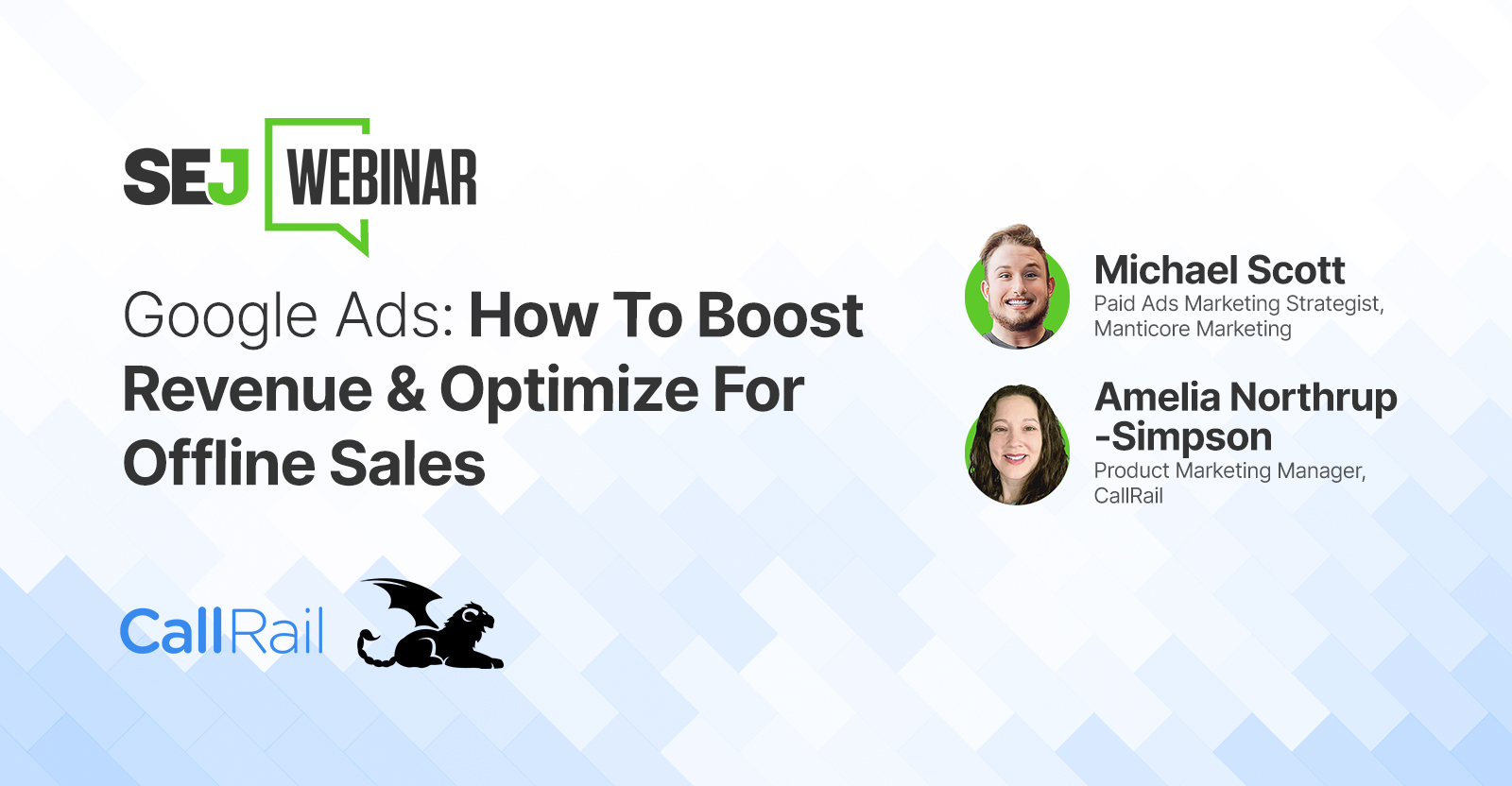SEO
How To Start Optimizing Your Offline Conversions With Google Ads

Ready to explore how you can improve your existing revenue streams?
Hoping to improve your offline conversion strategy but not sure where to start?
Your first step to boost your revenue potential is to begin scaling your Google Ads account by:
- Changing your campaigns to optimize offline actions rather than focusing on “online” activity.
- Tracking the click to the conversion.
- Optimizing based on actual revenue.
- Utilizing the Google Click Identifier (GCLID) and understanding how this is crucial for Google Ads offline optimization.
In addition to Google Ads, you should consider incorporating the following tools:
- A CRM.
- Zapier.
- CallRail.
- And other GCLID tracking phone systems.
If you want to take your strategy to the next level and achieve the best ROI possible, this upcoming webinar could be a game changer for your business.
We’ll go over the basics of Google Ads offline conversion optimization and show how you can incorporate other tracking systems to maximize your campaign performance.
Join Michael Scott, Paid Ads Marketing Strategist at Manticore Marketing, as he shares tips and insights to help you shift your focus toward offline actions, like calls and sales.
You’ll leave this session well-equipped to optimize your offline conversions more effectively and channel your energy into activities that generate real-world outcomes.
Don’t miss out! Sign up now and start optimizing your accounts for success.


















